Archives
- 2025-12
- 2025-11
- 2025-10
- 2025-09
- 2025-03
- 2025-02
- 2025-01
- 2024-12
- 2024-11
- 2024-10
- 2024-09
- 2024-08
- 2024-07
- 2024-06
- 2024-05
- 2024-04
- 2024-03
- 2024-02
- 2024-01
- 2023-12
- 2023-11
- 2023-10
- 2023-09
- 2023-08
- 2023-07
- 2023-06
- 2023-05
- 2023-04
- 2023-03
- 2023-02
- 2023-01
- 2022-12
- 2022-11
- 2022-10
- 2022-09
- 2022-08
- 2022-07
- 2022-06
- 2022-05
- 2022-04
- 2022-03
- 2022-02
- 2022-01
- 2021-12
- 2021-11
- 2021-10
- 2021-09
- 2021-08
- 2021-07
- 2021-06
- 2021-05
- 2021-04
- 2021-03
- 2021-02
- 2021-01
- 2020-12
- 2020-11
- 2020-10
- 2020-09
- 2020-08
- 2020-07
- 2020-06
- 2020-05
- 2020-04
- 2020-03
- 2020-02
- 2020-01
- 2019-12
- 2019-11
- 2019-10
- 2019-09
- 2019-08
- 2019-07
- 2019-06
- 2019-05
- 2019-04
- 2018-11
- 2018-10
- 2018-07
-
Finally we have determined for the first
2021-07-26
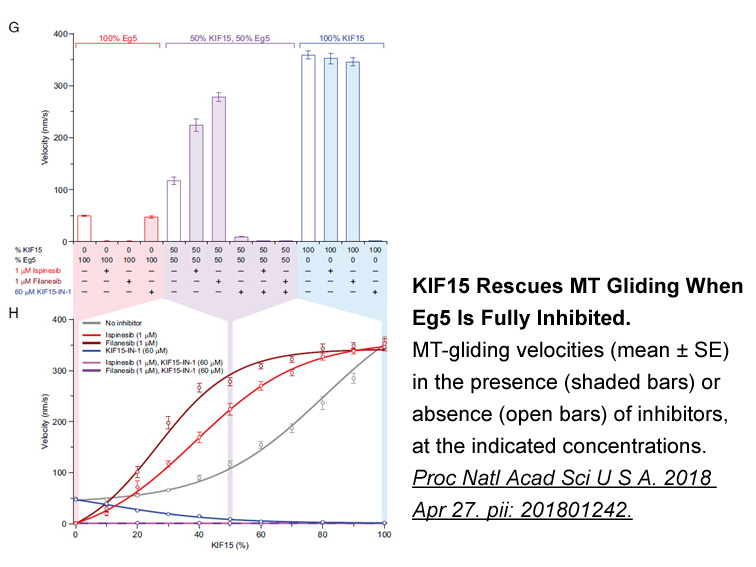
Finally, we have determined for the first time that aromatase enzyme activity is necessary to observe IGF-1-dependent Triclosan receptor activation. Neuroestrogen synthesis has been shown to be important for the maintenance of synaptic spine density in hippocampal slice cultures (Kretz et al., 2004
-
The mechanism by which OC use leads to impaired
2021-07-26
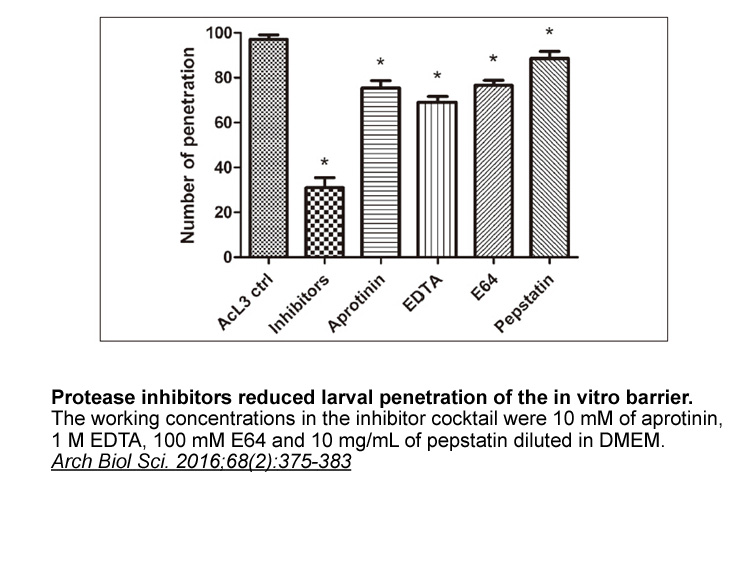
The mechanism by which OC use leads to impaired glucose tolerance is yet to be fully clarified. Decreased insulin sensitivity appears to be mainly accounted for by estrogenic component and this effect may be modified by progestogenic component [14], [15]. Estrogenic effect on glucose tolerance has b
-
PTP Inhibitor IV br Molecular genetics Based on the
2021-07-26
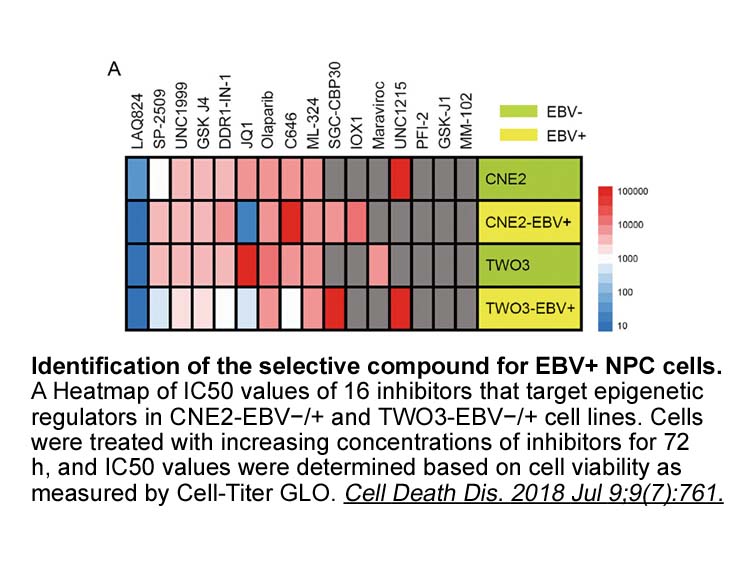
Molecular genetics Based on the genetic mutations associated with their development, sarcomas are subdivided into two distinct classes. One class is composed of tumors bearing complex karyotypic abnormalities with no particular pattern. The second class, which includes Ewing sarcoma, encompasses
-
br Conclusions br Declaration of interest br Acknowledgment
2021-07-26
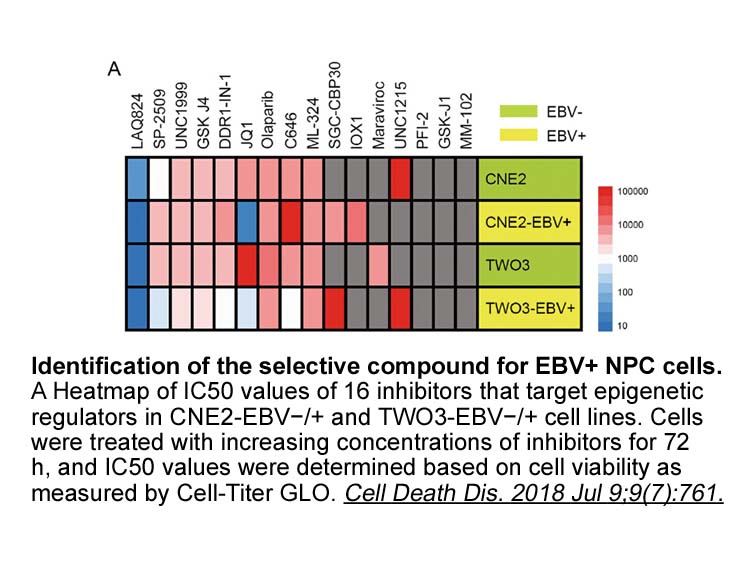
Conclusions Declaration of interest Acknowledgment This work was supported by an AIRC (Associazione Italiana Ricerca Cancro-Milan) Grant KFR062-2 to A.G.L, by Ricerca Funds by Fondazione IRCCS Ca’ Granda Ospedale Maggiore Policlinico (Grant No. 180/01) and by the ERA-NET “ERare” (Grant GO
-
We should also note that oxygen pressure of Krebs solution
2021-07-26
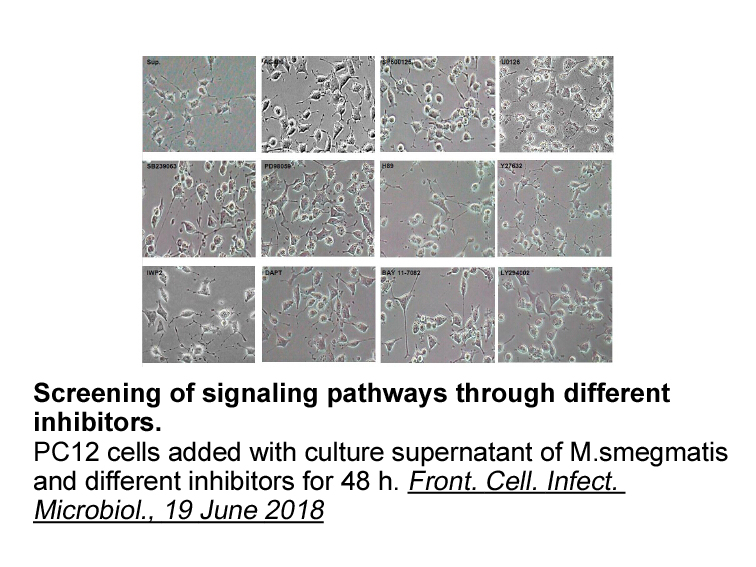
We should also note that oxygen pressure of Krebs solution bubbled with 95% O2+5% CO2 as we used in our study is reported to around 400 mmHg in several studies [48], [49], which is higher than normal arterial O2 pressure (80–100 mmHg). Although superoxide generation at elevated O2 tensions are noted
-
Aminothiazole derivatives have been reported
2021-07-26
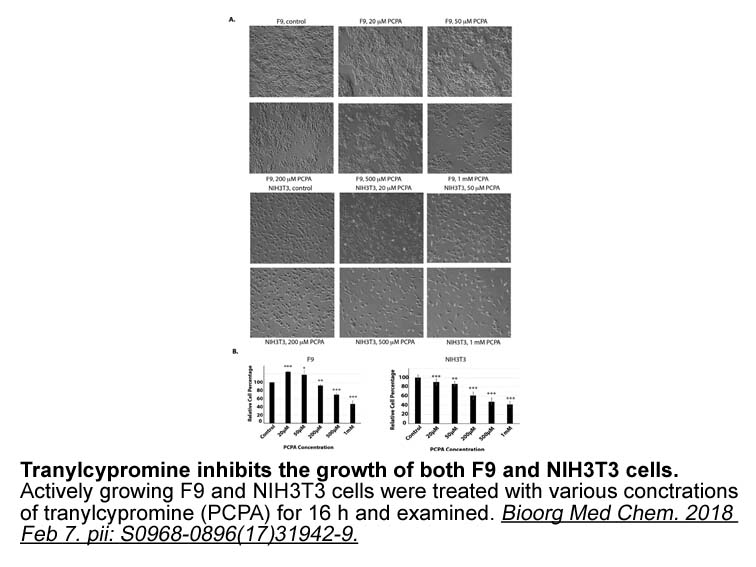
2-Aminothiazole derivatives have been reported to contain antiviral [17], anti-inflammatory [18], and antimicrobial [19] activities. The in vitro anticancer studies showed that different 2-aminothiazole derivatives possess selective and potent inhibitory effect against wide-ranging human cancerous c
-
Recently experimentally exposed common carp took
2021-07-26
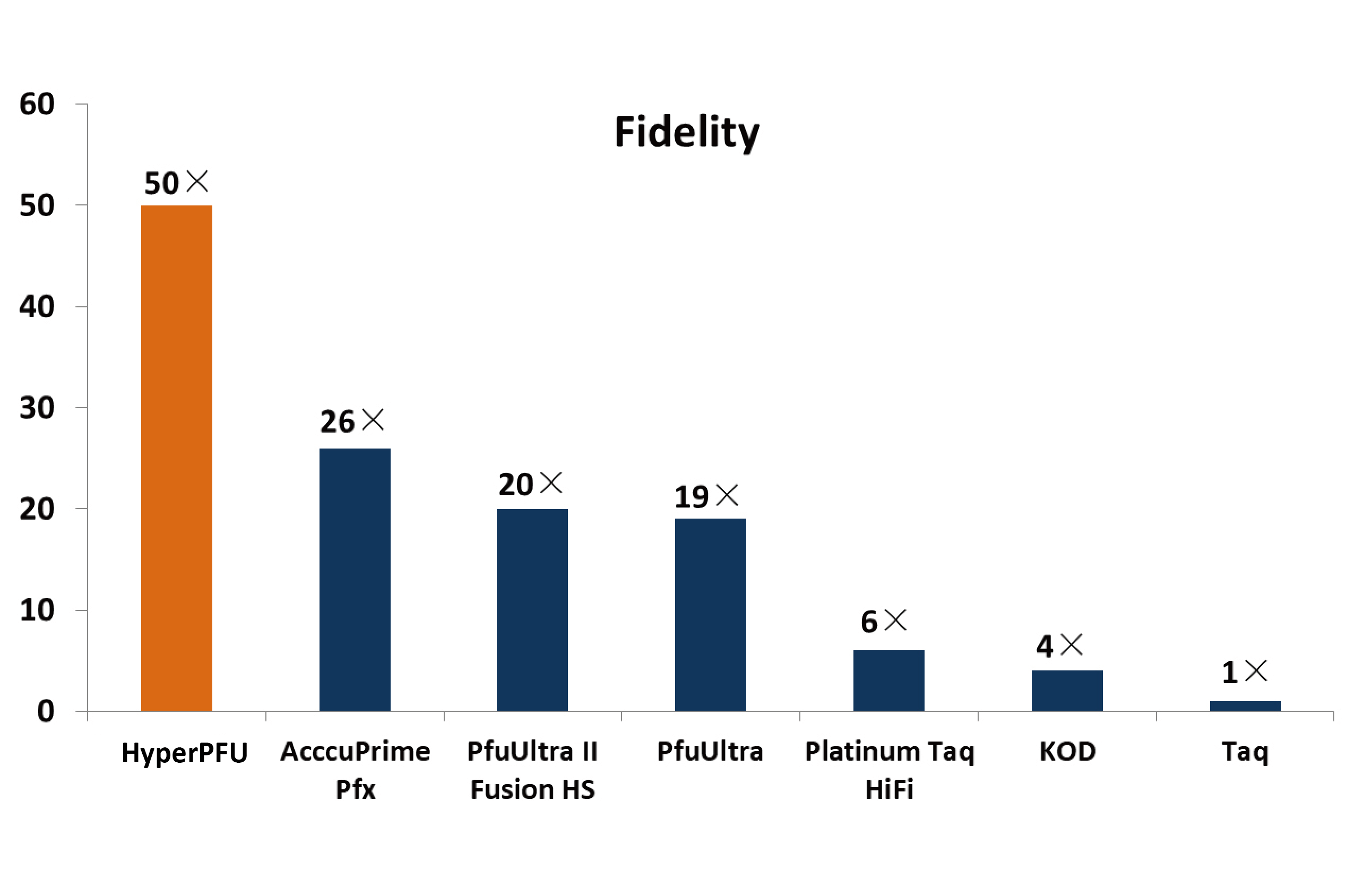
Recently, experimentally-exposed common carp took up CLO from water and maintained a consistent concentration in the liver and blood plasma (Corcoran et al., 2014). Clotrimazole may influence other aquatic organisms. Survival and development of marine shrimp larvae (Palaemon serratus) were affected
-
In pregnancy maternal uterine spiral artery SA remodeling is
2021-07-26
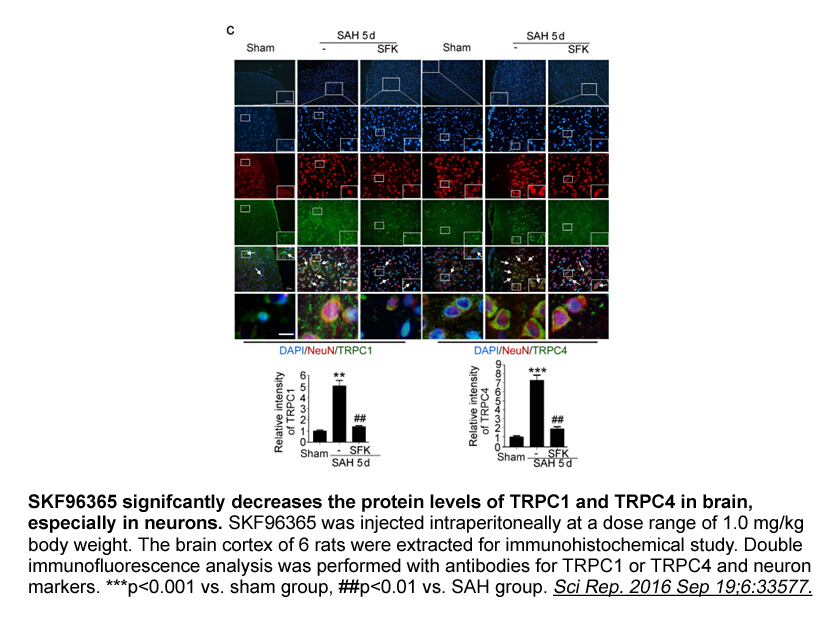
In pregnancy, maternal uterine spiral artery (SA) remodeling is essential for ensuring efficient blood flow to the developing fetus. A subset of CD49a+Eomes+ decidual NK Z VDVAD FMK (dNK) that actively secretes GFs, such as pleiotrophin and osteoglycin, have recently been described in humans and in
-
In the PTEN loss mouse model deletion of
2021-07-26
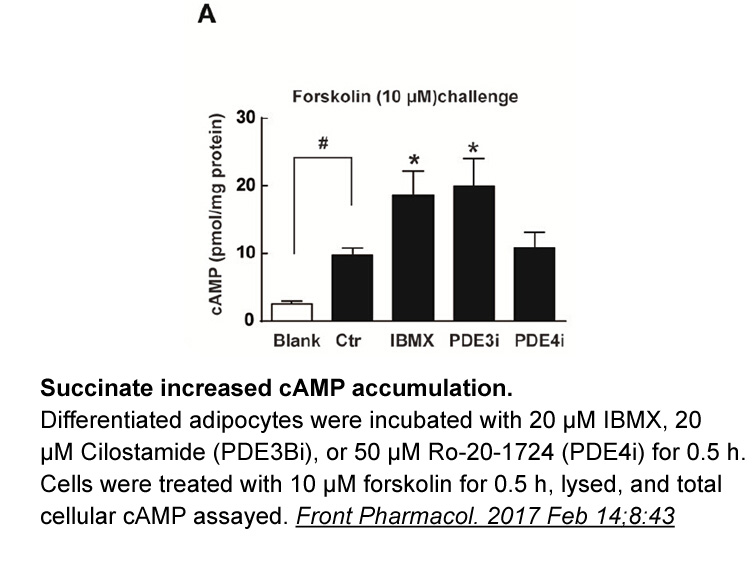
In the PTEN loss mouse model, deletion of ATG7 gene not only caused an autophagy-deficient phenotype, but also postponed the progression of inoculated prostate tumor [22]. On the basis of these experimental facts, these ATG7 and PTEN related genes were then compared with the 3020 BCR-associated gene
-
Cysteinyl leukotrienes CysLTs are potent inflammatory
2021-07-26
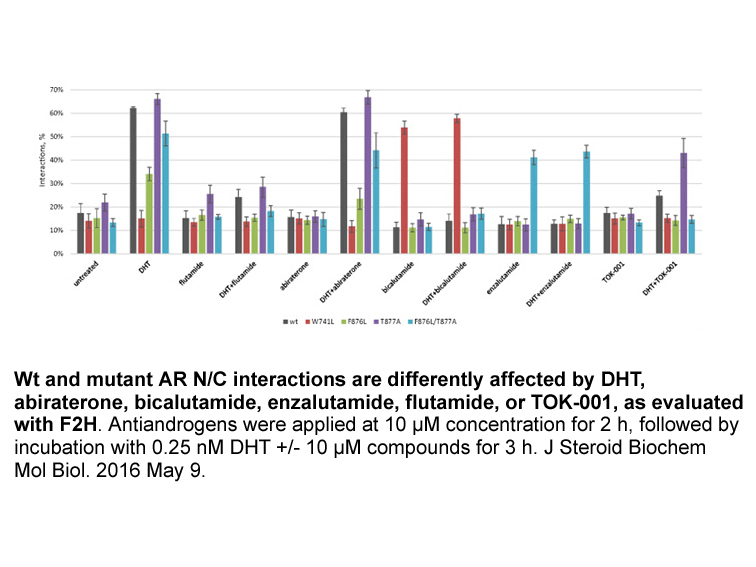
Cysteinyl leukotrienes (CysLTs) are potent inflammatory mediators closely associated with cerebral ischemic injury. CysLTs induce inflammatory responses mediated by at least two different CysLT receptors (CysLT1R and CysLT2R) (Bäck et al., 2011, Singh et al., 2010). It has been reported that the Cys
-
Alvocidib flavopiridol is a piperidine chromenone http www a
2021-07-26
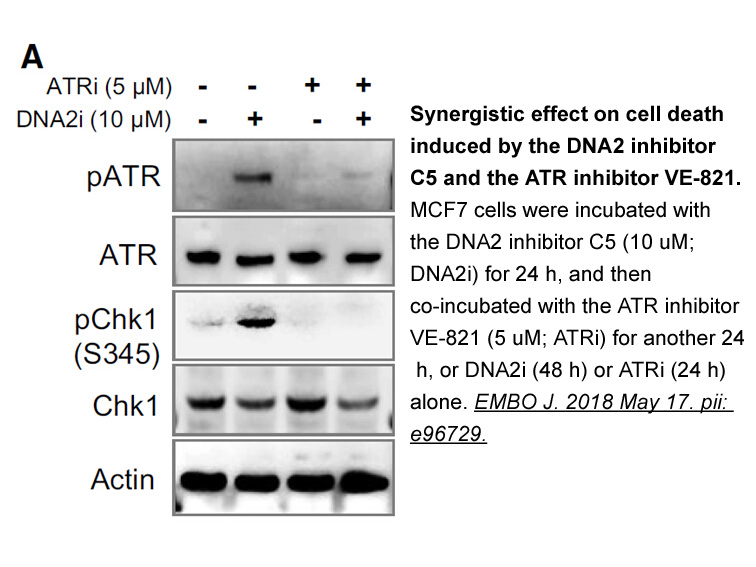
Alvocidib (flavopiridol) is a piperidine-chromenone derivative (Fig. 6D) that is not FDA approved, but is in clinical trials for breast, endometrial, and several other cancers and hematological malignancies (Table 4) [[100], [101], [102], [103], [104]]. This drug targets CDK9 (IC50 = 3.2 nM) and CDK
-
br Material and methods br
2021-07-26
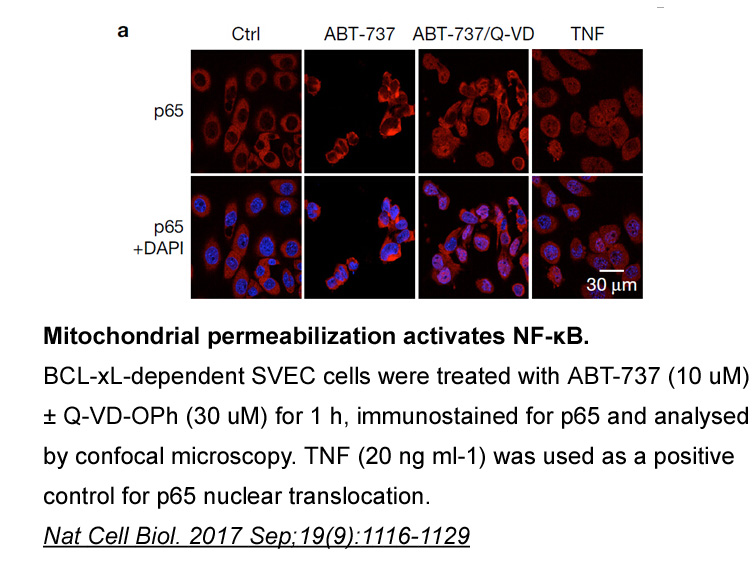
Material and methods Results Diagrammatic representations showing the bilateral injection sites in the BNST of all animals used in the present study are presented in Fig. 1. Discussion The present results provide the first evidence that both CRF1 and CRF2 receptors in the BSNT are involved
-
Interestingly ASV infusion in the dRN of saline pre treated
2021-07-26
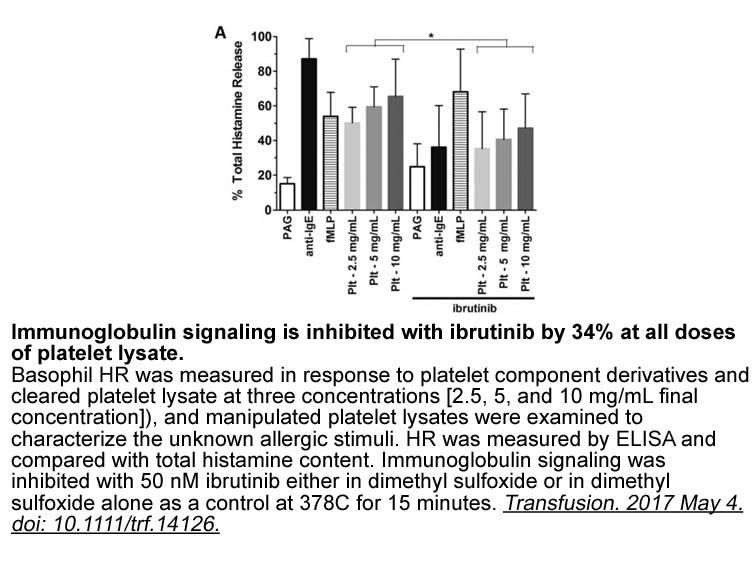
Interestingly, ASV-30 infusion in the dRN of saline pre-treated rats had no effect on anxiety-like behaviors. This result may be due to the saline pre-treated group exhibiting relatively low levels of anxiety-like behaviors (when compared to saline pre-treated rat of the first experiment that were n
-
KT 5823 To respond to the need
2021-07-23
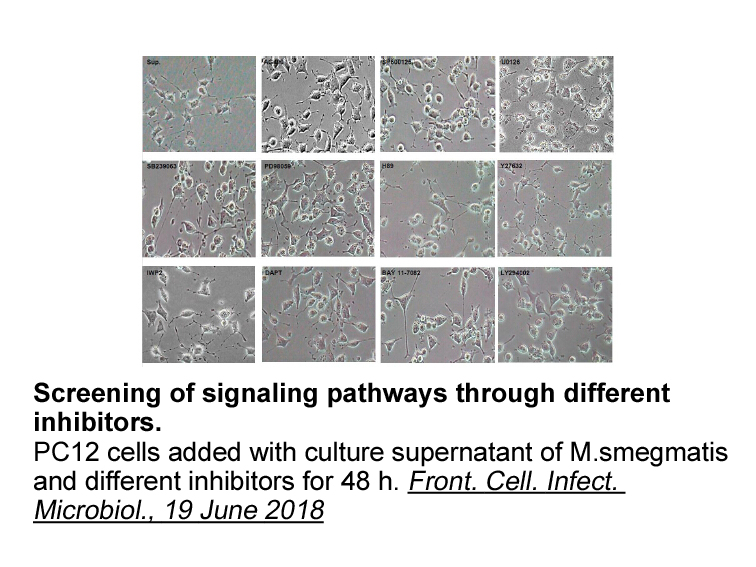
To respond to the need for QNAT, commercial assays have been developed on automated systems. The first reagents for CMV and EBV VLs in whole blood were Abbott RealTime kits on the m2000 SP/RT system (Abbott Molecular Inc, Des plaines, USA) (M2000) [4,5] and Artus QS-RGQ kits on the QIAsymphony RGQ s
-
Exo1 Recent studies have shown that some
2021-07-23
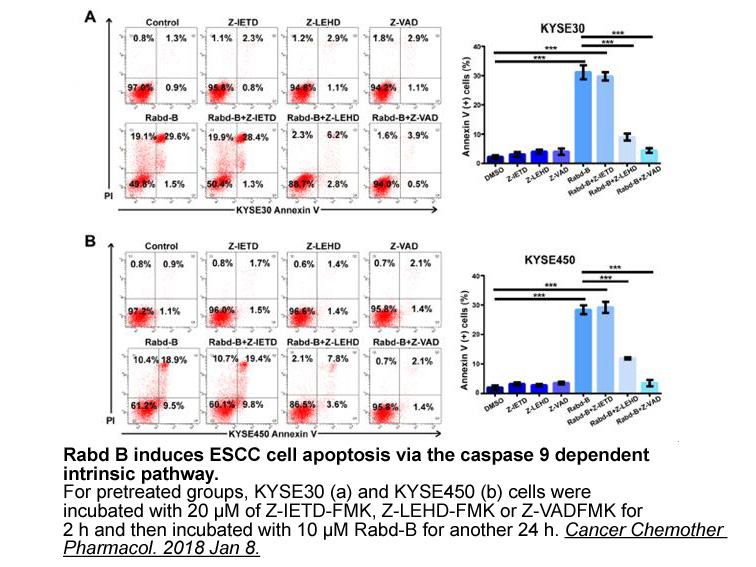
Recent studies have shown that some CLC genes participate in plant salt tolerance and have speculated that they function by mediating Cl− transport across the tonoplast. For instance, AtCLCc, a vacuolar anion transporter, is shown to be involved in the regulation of stomatal movement and to contribu
15980 records 605/1066 page Previous Next First page 上5页 601602603604605 下5页 Last page